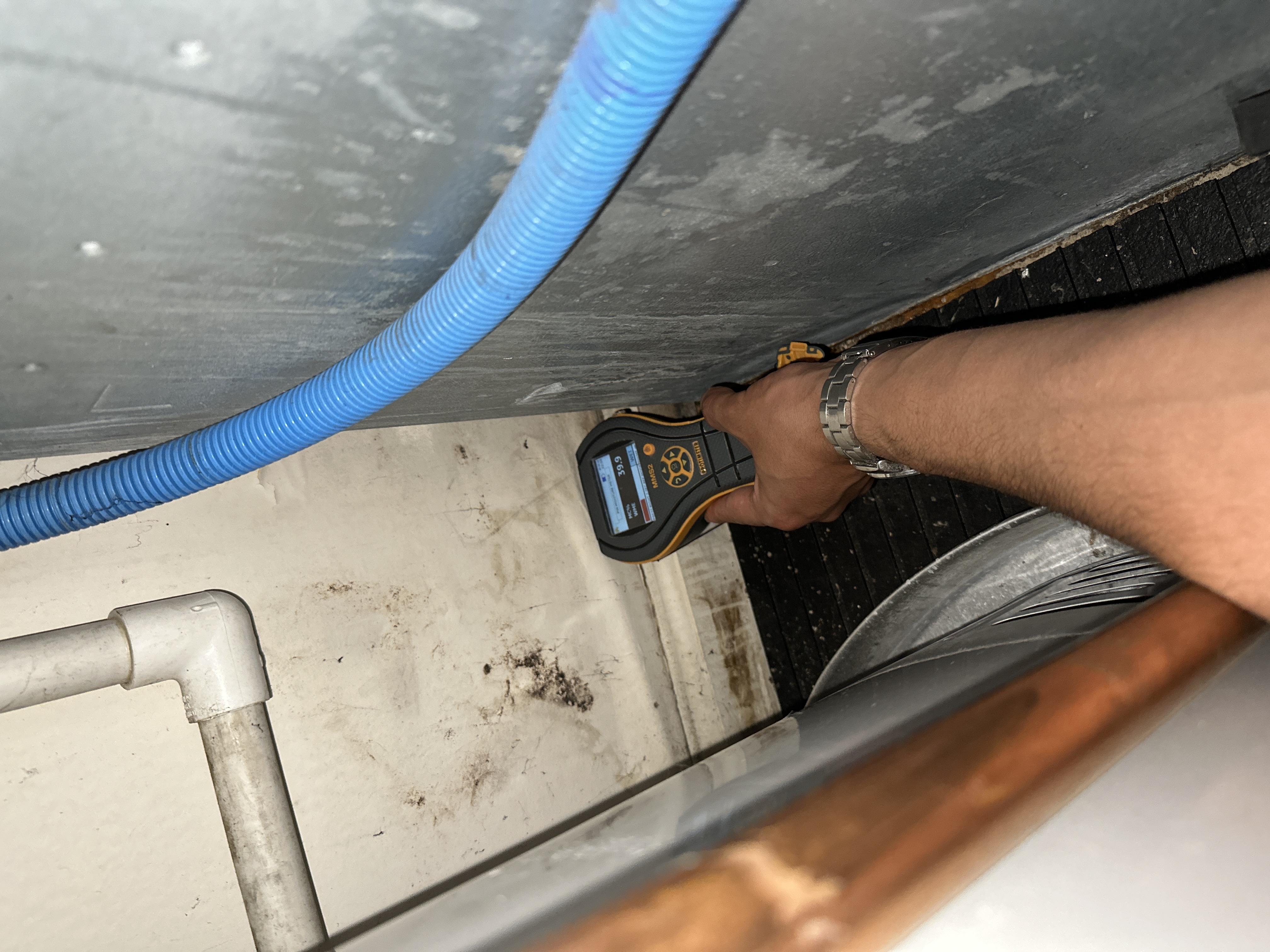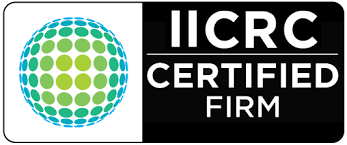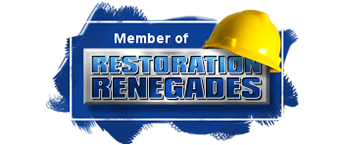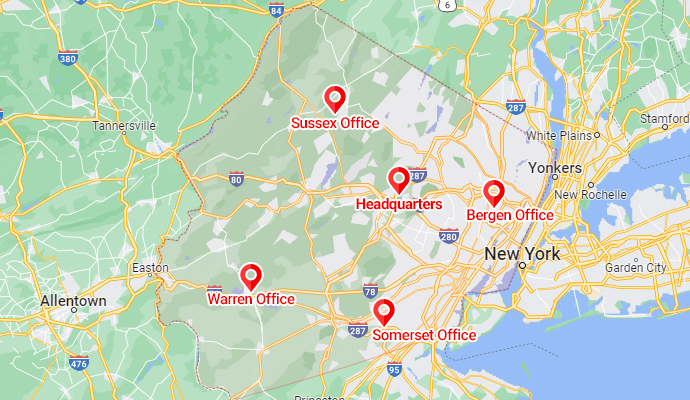What is a Dry Standard in Water Damage Remediation?
In water damage remediation, the concept of a "dry standard" is essential for ensuring that a property is fully restored to its pre-damage condition. Understanding the dry standard helps professionals determine when the moisture levels in affected areas have returned to normal, safe levels. This article explores what a dry standard is, why it is crucial in water damage remediation, and how it is measured and maintained.

Defining the Dry Standard
A dry standard refers to the specific moisture level that materials should reach after water damage remediation to be considered dry and safe. It is determined based on the moisture content of similar, unaffected materials in the same environment. The goal is to restore the wet or damp areas to the same dryness level as the unaffected areas, ensuring that no excess moisture remains.
Importance of the Dry Standard
- Preventing Mold and Mildew: Excess moisture can lead to mold and mildew growth, which can cause health issues and further damage to the property. Ensuring materials meet the dry standard helps prevent these problems.
- Structural Integrity: Prolonged exposure to moisture can weaken the structural components of a building. By adhering to a dry standard, professionals ensure that all materials are dry and structurally sound.
- Health and Safety: Maintaining a dry standard helps create a clean and sanitized environment, reducing the risk of health issues related to damp conditions, such as respiratory problems and allergies.
Measuring the Dry Standard
Professionals use various tools and techniques to measure moisture levels and ensure they meet the dry standard. These include:
- Moisture Meters: These devices measure the moisture content in materials such as wood, drywall, and concrete. By comparing readings from affected and unaffected areas, professionals can determine when the dry standard is achieved.
- Thermal Imaging Cameras: These cameras detect temperature variations that indicate the presence of moisture. They help identify hidden damp areas behind walls and under floors.
- Hygrometers: These instruments measure humidity levels in the air, helping to assess the overall moisture environment within a room or building.
Achieving and Maintaining the Dry Standard
- Drying Equipment: Dehumidifiers, air movers, and fans are essential tools in the drying process. They help reduce humidity and moisture levels, accelerating the drying process.
- Monitoring Progress: Regular monitoring of moisture levels ensures that the drying process is effective and that the dry standard is maintained. Professionals may take daily readings to track progress and adjust equipment as needed.
- Thorough Cleaning: After achieving the dry standard, it is crucial to clean and sanitize all affected areas, especially high-moisture areas like the bathroom and around the sink and toilet. This helps remove any remaining contaminants and ensures a healthy environment.
Application in Different Areas
- Bathrooms: Bathrooms are prone to moisture issues due to high humidity from showers and baths. Ensuring that the toilet, sink, and other fixtures meet the dry standard prevents mold growth and maintains a clean space.
- Kitchens: Sinks and dishwashers can leak, causing water damage. Adhering to the dry standard in these areas is crucial to prevent damage to cabinetry and flooring.
- Basements: Basements often suffer from high humidity and dampness. Meeting the dry standard here prevents mold and structural issues.
Conclusion
The dry standard is a critical benchmark in water damage remediation, ensuring that all affected areas are thoroughly dried and safe. By understanding and implementing the dry standard, professionals can effectively prevent mold growth, maintain structural integrity, and ensure a clean and sanitized environment. Regular monitoring, proper equipment, and thorough cleaning are essential to achieving and maintaining this standard, ultimately protecting the health and safety of the property’s occupants.
At PDQ Restoration, we take pride in offering expert water and fire damage restoration services to homeowners in North Jersey. With numerous positive reviews on Google, we are highly regarded for our professionalism, efficiency, and dedication to customer satisfaction. Trust us to keep your home safe and structurally sound.

















